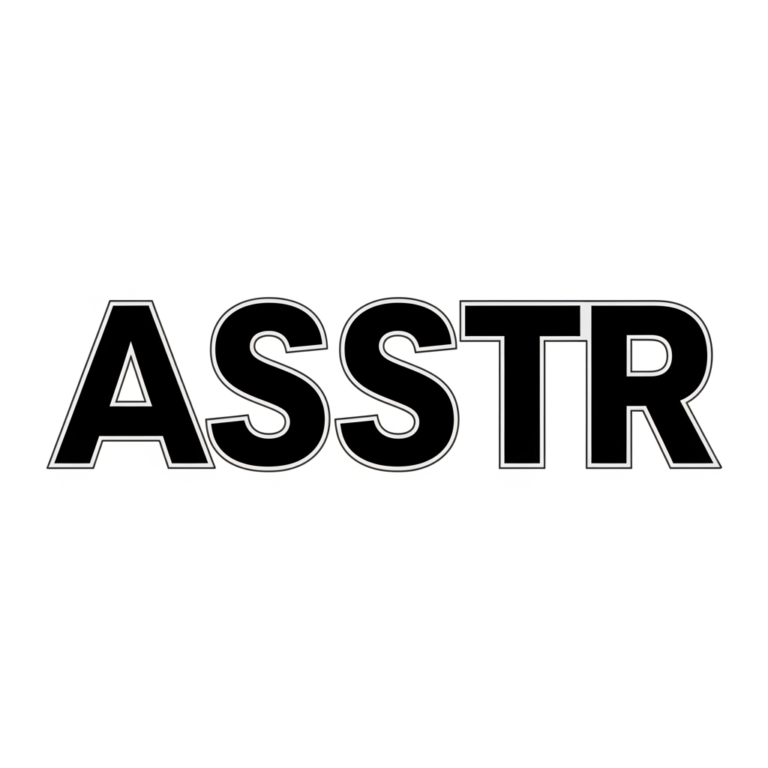Introduction
In the early days of the internet, before the rise of social media and streaming platforms, a unique corner of the digital world emerged to serve a niche yet devoted audience—ASSTR, short for Alt.Sex.Stories Text Repository. ASSTR.org became a hub for readers and writers interested in erotic literature, offering a free and open space to explore human sexuality through storytelling. This article takes a deep dive into ASSTR’s history, structure, cultural relevance, and its impact on digital literature.
The Origins of ASSTR
Usenet was a precursor to today’s internet forums and Reddit-like communities, and it hosted a wide variety of discussion groups—some of which centered around adult content.
Writers began posting erotic stories in the newsgroup, and it quickly became clear that there was a demand for a more structured and accessible way to find these stories. Thus, ASSTR.org was born, creating an organized repository that archived user-submitted erotica, allowing easy access to stories categorized by theme, author, or content.
Structure and Features
ASSTR.org was designed with simplicity in mind. It maintained a text-based interface, offering an extensive library of stories categorized into different directories such as:
-
Author directories: Personal pages created by contributors.
-
Themed archives: Stories organized by genre, fetish, or subject.
-
Series and collections: Multi-part stories grouped together.
-
Top 100 and Most Read: Lists showing popular content based on readership.
Unlike modern platforms that focus heavily on multimedia or interactivity, ASSTR emphasized literary expression and imagination. Its barebones layout allowed users to focus solely on the content.
Why ASSTR Stood Out
Several key factors contributed to ASSTR’s success and longevity:
-
Open Participation
Anyone could submit stories anonymously or under a pseudonym. Free Access
ASSTR was entirely free to use, with no subscription model, paywalls, or aggressive advertising. -
Wide Variety of Content
The archive offered an impressive range of categories, from romance and fantasy to more experimental or taboo themes. This inclusivity attracted a diverse audience. -
Literary Community
Writers and readers often engaged via emails or private forums, creating a community around erotic storytelling. Some authors became well-known within this niche space.
The Cultural Significance
ASSTR played a vital role in shaping how erotic literature was perceived online. At a time when the internet was still forming its identity, ASSTR offered a space for exploring sexuality through words, not visuals.
This text-only format provided a safer, more introspective way to understand and explore fantasies. It allowed readers to imagine scenarios in their own minds, which many found more meaningful than visual pornography. Furthermore, ASSTR was among the first to support LGBTQ+ erotica, giving marginalized voices a place to express their stories.
In a sense, ASSTR can be seen as a precursor to fanfiction platforms like Archive of Our Own (AO3), which also celebrates user-generated storytelling around adult themes.
Challenges and Controversies
Despite its cultural value, ASSTR has not been without controversy. Due to the open submission policy and lack of strict moderation, concerns occasionally arose about the presence of inappropriate or unethical content, including material that blurred the lines of legality or morality.
While ASSTR stated that it adhered to U.S. law and removed illegal material when reported, the site operated in a legal and ethical gray zone. This led to debates about free speech vs. content regulation, especially in cases where fictional content depicted non-consensual scenarios or underage characters.
As internet policies and social standards evolved, ASSTR faced increasing scrutiny. Some ISPs blocked access to the site, and search engines de-indexed it to limit exposure. These changes contributed to the platform’s declining visibility in later years.
ASSTR in the Modern Age
In recent years, ASSTR has experienced periods of downtime and reduced activity, largely due to server issues, outdated technology, and the shift toward more interactive platforms. Many users migrated to newer platforms like:
-
Literotica
-
ScribbleHub
-
AO3 (Archive of Our Own)
-
Wattpad
These platforms offered modern features like mobile compatibility, comments, ratings, and more community engagement—something ASSTR lacked. Still, ASSTR maintains a loyal base of readers who appreciate its minimalist interface, vast archives, and nostalgic value.
It remains online today, albeit with less frequent updates. For many, ASSTR is not just a website but a digital time capsule—a reminder of how the early internet fostered creativity, privacy, and exploration in ways that are often lost in today’s commercialized digital spaces.
The Legacy of ASSTR
ASSTR’s legacy lives on in the way it normalized written erotica as a legitimate form of expression. In a world that often stigmatizes sexuality—especially non-mainstream expressions—ASSTR gave people the chance to be honest about their desires through storytelling.
It empowered amateur writers, encouraged sexual literacy, and built one of the earliest online communities centered around consensual and creative adult content. Many authors who began their writing careers on ASSTR went on to self-publish or build careers in fiction.
In essence, ASSTR proved that literature—no matter the genre—has power. Through it, people connected, learned, fantasized, and created. It may no longer dominate the adult fiction world, but its influence is undeniable.
Conclusion
ASSTR.org stands as a significant piece of internet history. As a digital archive of erotic literature, it broke boundaries, built community, and offered freedom of expression in a way few platforms dared to do. Though the internet has moved on to newer, more advanced platforms, ASSTR remains a symbol of a more open, imaginative, and literary approach to adult content.
For those who value the written word and the deep inner world it can unlock, ASSTR will always be a place where fantasy and fiction met without filters or fear.

